Phenylhydrazine hydrochloride
Synonym(s):Phenylhydrazine hydrochloride;Phenylhydrazinium chloride
- CAS NO.:59-88-1
- Empirical Formula: C6H9ClN2
- Molecular Weight: 144.6
- MDL number: MFCD00012924
- EINECS: 200-444-7
- SAFETY DATA SHEET (SDS)
- Update Date: 2025-09-25 17:15:13

What is Phenylhydrazine hydrochloride?
Chemical properties
Phenylhydrazine is a colorless to pale yellow liquid or solid with a weak aromatic odor.
The Uses of Phenylhydrazine hydrochloride
Phenylhydrazine hydrochloride is used as a selective mannosidase inhibitor. It is used in the study of tyrosine phosphorylation of janus protein tyrosine kinase in the EPO-responsive normal erythroblastoid cells of anemic mice. It is used in steroid assays and as an N-protecting reagent. Its free base, phenylhydrazine is used to prepare indoles, which find application as intermediates in the synthesis of various dyes and pharmaceuticals.
The Uses of Phenylhydrazine hydrochloride
manufacture of dyes, antipyrine, nitron (a stabilizer for explosives); reagent for sugars, aldehydes, ketones.
Definition
ChEBI: Phenylhydrazine hydrochloride is a hydrochloride resulting from the reaction of equimolar amounts of phenylhydrazine and hydrogen chloride. It contains a phenylhydrazine.
General Description
White to tan solid with a weak aromatic odor.
Air & Water Reactions
Forms corrosive acidic solutions.
Reactivity Profile
Phenylhydrazine hydrochloride may be corrosive to metals [USCG, 1999].
Health Hazard
Phenylhydrazine hydrochloride is poisonous if swallowed or if fumes are inhaled. Dust is irritating to eyes, nose, and throat. Phenylhydrazine is a chronic poison. Phenylhydrazine is an industrial substance suspect of carcinogenic potential for humans.
Fire Hazard
Toxic and irritating hydrogen chloride and oxides of nitrogen may be produced in fire. May be corrosive to metals. Hazardous polymerization may not occur.
Biochem/physiol Actions
Phenylhydrazine hydrochloride causes acute hemolysis when injected intraperitoneally in to wild-type and Hp and Hx single-null mice. It suppresses the horseradish peroxide (HRP) residual activity in tissue sections of animals.
Safety Profile
Poison by ingestion, intraperitoneal, and subcutaneous routes. Experimental reproductive effects. Questionable carcinogen with experimental neoplastigenic and tumorigenic data. Mutation data reported. When heated to decomposition it emits very toxic fumes of NOx and HCl.
Potential Exposure
Phenylhydrazine is a widely used reagent in conjunction with sugars, aldehydes, and ketones. In addition, to its use in the synthesis of dyes; pharmaceuticals, such as antipyrin; cryogenin, and pyramidone; and other organic chemicals. The hydrochloride salt is used in the treatment of polycythemia vera.
Shipping
UN2572 Phenylhydrazine, Hazard Class: 6.1; Labels: 6.1-Poisonous materials.
Purification Methods
Dissolve 100g of phenylhydrazine hydrochloride in 200mL of warm H2O (60-70o) during 1-3hours, then add 1L of boiling EtOH. The solution is filtered, while still hot, through Whatman No 2 filter paper and cooled in a refrigerator. The precipitate is collected on a medium sintered-glass filter and recrystallised twice this way, then washed with cold EtOH, dried thoroughly and stored in a stoppered brown bottle. [Peterson et al. Anal Chem 29 144 1957.] Hough, Powell and Woods [J Chem Soc 4799 1956] boiled the hydrochloride with three times its weight of water, filtered hot (charcoal), added one-third volume of concentrated HCl and cooled to 0o. The crystals were washed with acetone, and dried over P2O5 under vacuum. The salt has also been crystallised from 95% EtOH, and it can be sublimed. [Coleman Org Synth Coll Vol I 442 1941, Beilstein 15 III 71.]
Incompatibilities
Phenylhydrazine is very reactive with carbonyl compounds, strong oxidizers; strong bases; alkali metals; ammonia, lead dioxide (violent). Attacks copper salts, nickel, and chromates.
Waste Disposal
Controlled incineration whereby oxides of nitrogen are removed from the effluent gas by scrubber, catalytic or thermal device.
Properties of Phenylhydrazine hydrochloride
| Melting point: | 250-254 °C (dec.)(lit.) |
| Boiling point: | 236.22°C (rough estimate) |
| Density | 1.1672 (rough estimate) |
| refractive index | 1.5210 (estimate) |
| storage temp. | Store below +30°C. |
| solubility | H2O: soluble50mg/mL |
| form | Fine Crystalline Powder |
| color | White to light yellow or pinkish-beige |
| PH | 2.6-2.9 (50g/l, H2O) |
| Water Solubility | 50 g/L (20 ºC) |
| Merck | 14,7293 |
| BRN | 3594958 |
| Stability: | Stable. Incompatible with most common metals. |
| CAS DataBase Reference | 59-88-1(CAS DataBase Reference) |
| EPA Substance Registry System | Phenylhydrazine hydrochloride (59-88-1) |
Safety information for Phenylhydrazine hydrochloride
| Signal word | Danger |
| Pictogram(s) |
 Skull and Crossbones Acute Toxicity GHS06  Health Hazard GHS08  Environment GHS09 |
| GHS Hazard Statements |
H315:Skin corrosion/irritation H317:Sensitisation, Skin H319:Serious eye damage/eye irritation H341:Germ cell mutagenicity H350:Carcinogenicity H372:Specific target organ toxicity, repeated exposure H400:Hazardous to the aquatic environment, acute hazard |
| Precautionary Statement Codes |
P273:Avoid release to the environment. P280:Wear protective gloves/protective clothing/eye protection/face protection. P301+P310:IF SWALLOWED: Immediately call a POISON CENTER or doctor/physician. P305+P351+P338:IF IN EYES: Rinse cautiously with water for several minutes. Remove contact lenses, if present and easy to do. Continuerinsing. |
Computed Descriptors for Phenylhydrazine hydrochloride
| InChIKey | JOVOSQBPPZZESK-UHFFFAOYSA-N |
Phenylhydrazine hydrochloride manufacturer
Astrix Pharmaceuticals
Sadapharma pvt ltd
Kevy's Labs
Keminova India Chemicals Private Limited
New Products
Indole Methyl Resin tert-butyl 9-methoxy-3-azaspiro[5.5]undecane-3-carboxylate Boc-His(Boc)-OH 2-CTC Resin 4-Chloro-7-tosy1-7Hpyrrolo[2,3-d]pyrimidine 5,7-Dibromo-1H-indole 2,5-dichloro-N-hydroxy-4,6-dimethylpyridine-3-carboximidamide 2,2-Dimethoxy-7-azaspiro[3.5]nonane hydrochloride 4-chloromethyl-5-methyl-1,3-dioxol-2-one (DMDO-Cl) R-2-BENZYLOXY PROPIONIC ACID 1,1’-CARBONYLDIIMIDAZOLE 1,1’-CARBONYLDI (1,2-4 TRIAZOLE) N-METHYL INDAZOLE-3-CARBOXYLIC ACID 4-((2-hydroxyethyl)thio)benzoic acid 1-(TERT-BUTOXYCARBONYL)-2-PYRROLIDINONE Methyl 6-methylnicotinate 3-Pyridineacrylic acid tert-Butyl carbazate TETRAHYDRO-2H-PYRAN-3-OL 2-((4-morpholinophenylamino) (methylthio) methylene) malononitrile 3-(4-morpholinophenylamino)-5-amino-1H-pyrazole-4-carbonitrile 2,4-dihydroxybenzaldehyde 1,3-Diethyl-1,3-Diphenylurea Methyl 2-methylquinoline-6-carboxylateRelated products of tetrahydrofuran
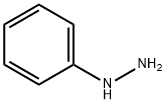




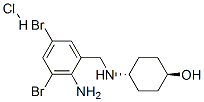

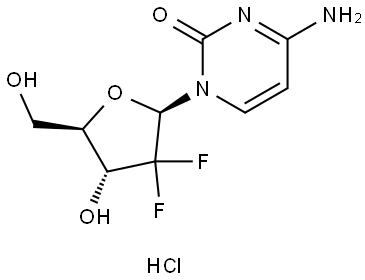
You may like
-
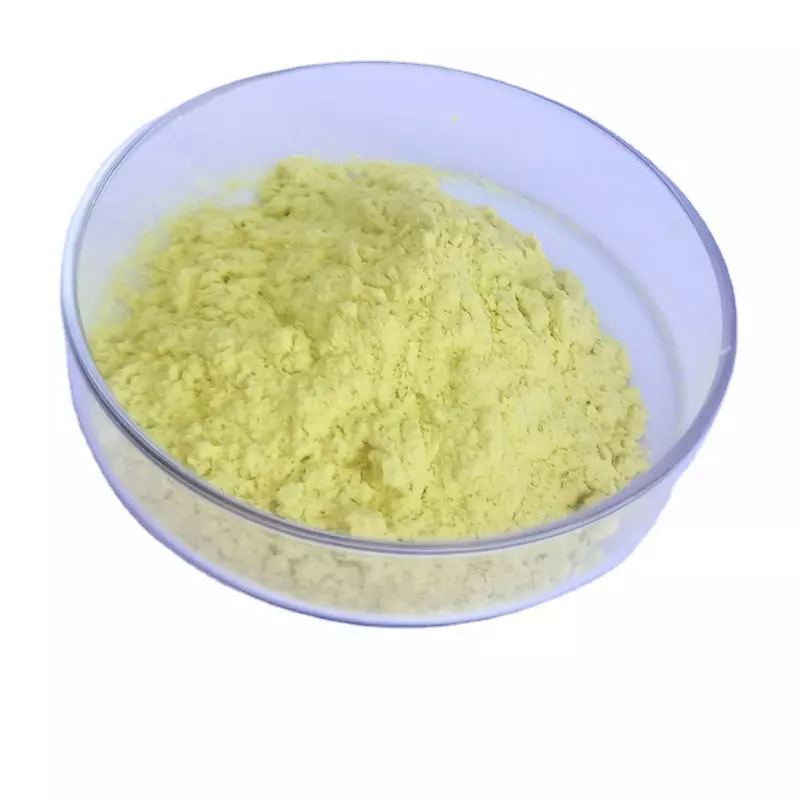 Phenylhydrazine hydrochloride 98%View Details
Phenylhydrazine hydrochloride 98%View Details -
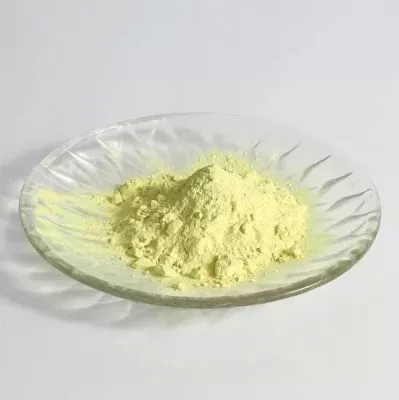 Phenylhydrazine hydrochloride 98%View Details
Phenylhydrazine hydrochloride 98%View Details -
 Phenyl Hydrazine Hydrochloride (ER) CAS 59-88-1View Details
Phenyl Hydrazine Hydrochloride (ER) CAS 59-88-1View Details
59-88-1 -
 Phenylhydrazinium Chloride CAS 59-88-1View Details
Phenylhydrazinium Chloride CAS 59-88-1View Details
59-88-1 -
 Phenyl Hydrazine Hydrochloride (SQ) CAS 59-88-1View Details
Phenyl Hydrazine Hydrochloride (SQ) CAS 59-88-1View Details
59-88-1 -
 PHENYL HYDRAZINE HYDROCHLORIDE.View Details
PHENYL HYDRAZINE HYDROCHLORIDE.View Details
59-88-1 -
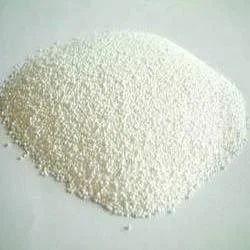 Phenyl Hydrazine HydrochlorideView Details
Phenyl Hydrazine HydrochlorideView Details
59-88-1 -
 Phenylhydrazine HydrochlorideView Details
Phenylhydrazine HydrochlorideView Details
59-88-1
